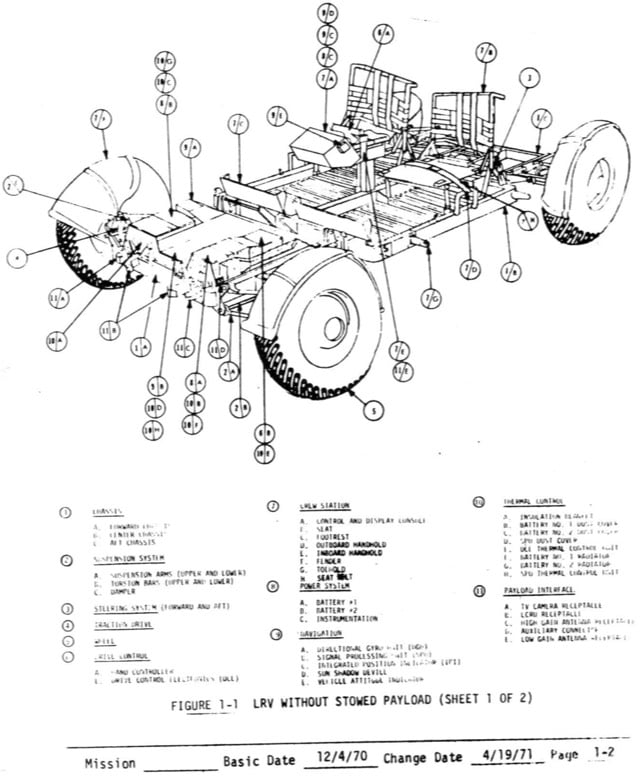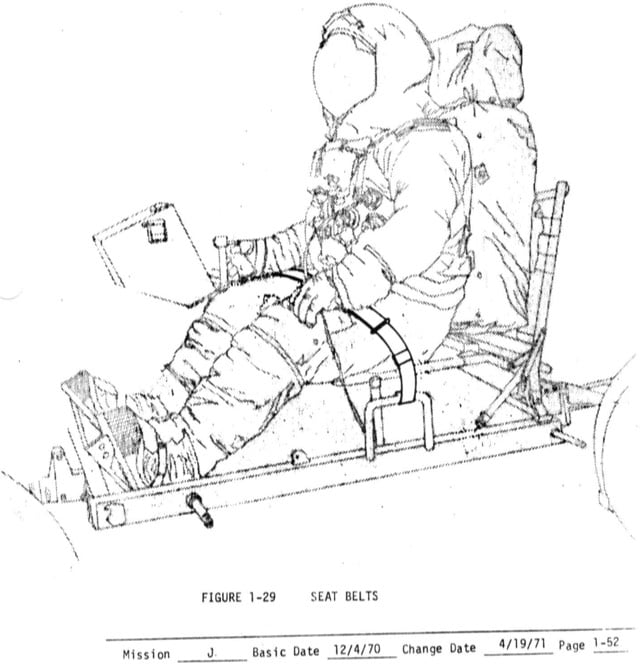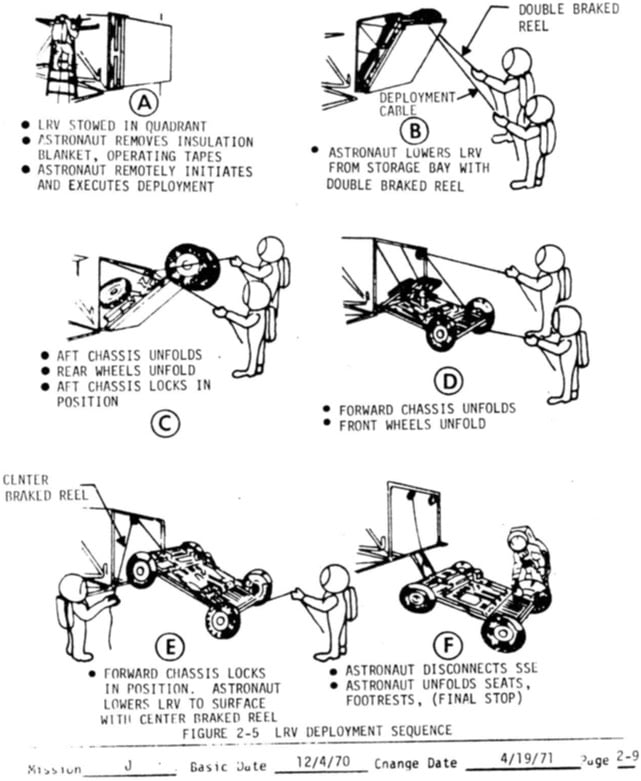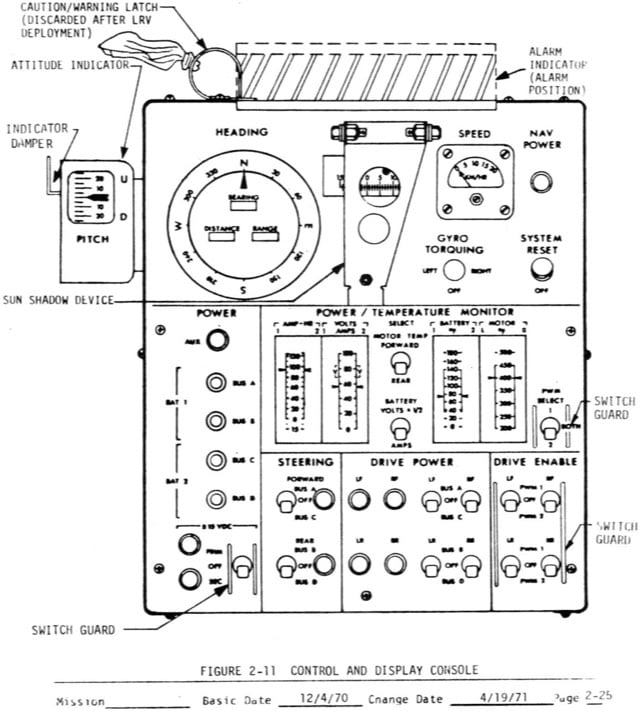The Apollo lunar rover user’s manual




From NASA, the operations manual for the lunar rover. Rovers were used on the final three Apollo missions: 15, 16, and 17. (thx, daniel)



This site is made possible by member support. 💞
Big thanks to Arcustech for hosting the site and offering amazing tech support.
When you buy through links on kottke.org, I may earn an affiliate commission. Thanks for supporting the site!
kottke.org. home of fine hypertext products since 1998.




From NASA, the operations manual for the lunar rover. Rovers were used on the final three Apollo missions: 15, 16, and 17. (thx, daniel)
If you believe in gravity, then you know that if you remove air resistance, a bowling ball and a feather will fall at the same rate. But seeing it actually happen, in the world’s largest vacuum chamber (122 feet high, 100 feet in diameter), is still a bit shocking.
In the late 1500s, Galileo was the first to show that the acceleration due to the Earth’s gravity was independent of mass with his experiment at the Leaning Tower of Pisa, but that pesky air resistance caused some problems. At the end of the Apollo 15 mission, astronaut David Scott dropped a hammer and a feather in the vacuum on the surface of the Moon:
Science!
There’s art on the Moon, a small sculpture called Fallen Astronaut. Artist Paul van Hoeydonck made it. Commander David Scott of Apollo 15 placed it on the Moon in 1971. Instead of a triumph, the whole thing fell into scandal and was forgotten.
In reality, van Hoeydonck’s lunar sculpture, called Fallen Astronaut, inspired not celebration but scandal. Within three years, Waddell’s gallery had gone bankrupt. Scott was hounded by a congressional investigation and left NASA on shaky terms. Van Hoeydonck, accused of profiteering from the public space program, retreated to a modest career in his native Belgium. Now both in their 80s, Scott and van Hoeydonck still see themselves unfairly maligned in blogs and Wikipedia pages-to the extent that Fallen Astronaut is remembered at all.
And yet, the spirit of Fallen Astronaut is more relevant today than ever. Google is promoting a $30 million prize for private adventurers to send robots to the moon in the next few years; companies such as SpaceX and Virgin Galactic are creating a new for-profit infrastructure of human spaceflight; and David Scott is grooming Brown University undergrads to become the next generation of cosmic adventurers.
Governments come and go, public sentiment waxes and wanes, but the dream of reaching to the stars lives on. Fallen Astronaut does, too, hanging eternally 238,000 miles above our heads. Here, for the first time, we tell the full, tangled tale behind one of the smallest yet most extraordinary achievements of the Space Age.
Stay Connected